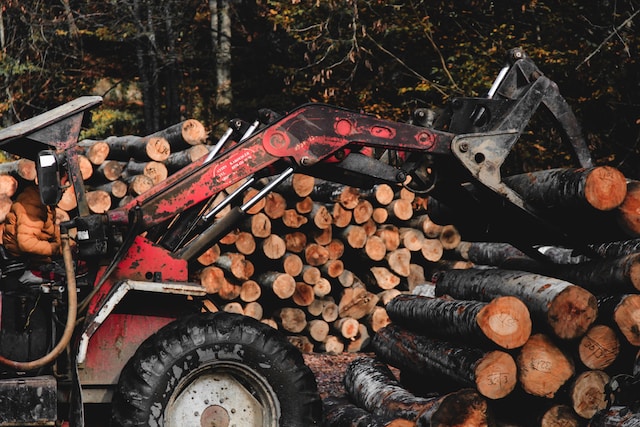The Ultimate Guide to Tree Removal – Everything You Need to Know
Trees can be beautiful, but they can also become problematic. They can cause damage to your property and pose a safety hazard for you and your family. It may need removal if the tree is damaged or close to power lines. This guide will help you navigate removing trees safely and effectively.
Assessing the Tree
The first step to tree removal is assessing the condition of the tree. A dead or dying tree, or one overgrown, should be removed immediately to prevent injuries to people and property damage. You should also check the tree for cracks, hollow areas, and other damages that may signal it’s time to remove it. Also, check its position and proximity to your property’s power lines and other structures. Clear away any lawn furniture or vehicles, and ensure there is room for the tree to fall without hitting any other structures. Finally, estimate the direction of the tree’s fall and create two escape routes if it goes down.
Getting an Estimate
A free estimate from multiple Maitland tree removal services is a good idea. This can help you determine which company is the best value for your money. The type of tree plays a role in the cost as well. For example, a stately oak may cost more than a young American ash to remove. This is because some trees grow wider with age, making them more challenging to cut. Other cost factors include a sloped yard, rocky soil, or a hard-to-reach area. Also, removing a tree close to a power line or other structure might cost more than removing one farther away. Finally, some states require a permit to remove certain types of trees. That will add to the overall cost as well.
Checking the Company’s Reputation
When getting estimates from different tree removal companies, checking their reputation is a good idea. This can be done by talking to friends and neighbors recently using a tree service and checking online reviews. It’s essential to look at positive and negative reviews, as these can give you a snapshot of the company’s overall quality. It would be best if you were also wary of companies asking for a non-refundable deposit or payment upfront. This is generally a red flag that should send you running in the opposite direction. It’s also good to check the company’s experience, certifications, and insurance coverage before hiring them. Ask them to provide a breakdown of their costs, including cleanup services.
Choosing the Right Tools
Trees are an excellent addition to any yard, but sometimes they must be removed for safety reasons or because they’re an eyesore. If you’re thinking about chopping down a problematic tree, hiring a professional to do the job is essential. They’ll have the right equipment and expertise to do it safely and quickly. Before the professionals arrive, there are several steps you’ll need to take to ensure everything goes smoothly. First, you should clear the area surrounding the tree. Remove all vehicles, outdoor furniture, fire pits, and other items the falling tree could damage. You should also check with your local utility company to see if the tree is near any power lines or other infrastructure. If it is, you may need a permit to remove it.
Safety First
If a tree is near your home and has to be removed, it is essential to put safety first. The process can be dangerous; if it is not done correctly, you could be liable for damage to your property and possibly even fines.
During tree removal, there will usually be many pieces of equipment and vehicles around. This means you should ensure enough space for them to park their trucks and wood chipper without getting in traffic or blocking driveways. The workers should also have a helmet and face shield to protect themselves from falling debris and power lines. They should have non-slip shoes and sturdy work boots too. In addition, it is always a good idea to inform your neighbors and put up temporary no parking signs before the tree removal begins.

